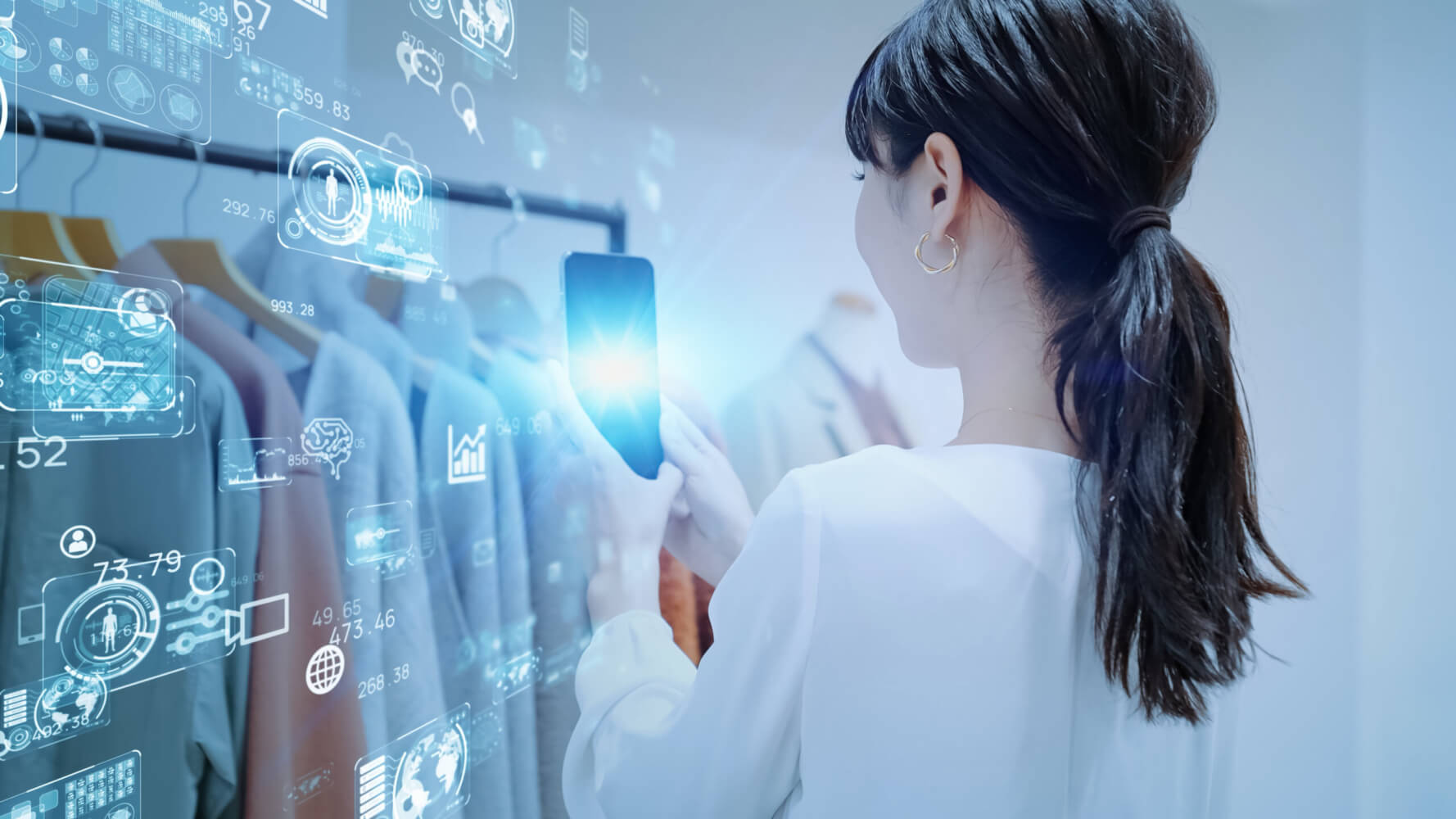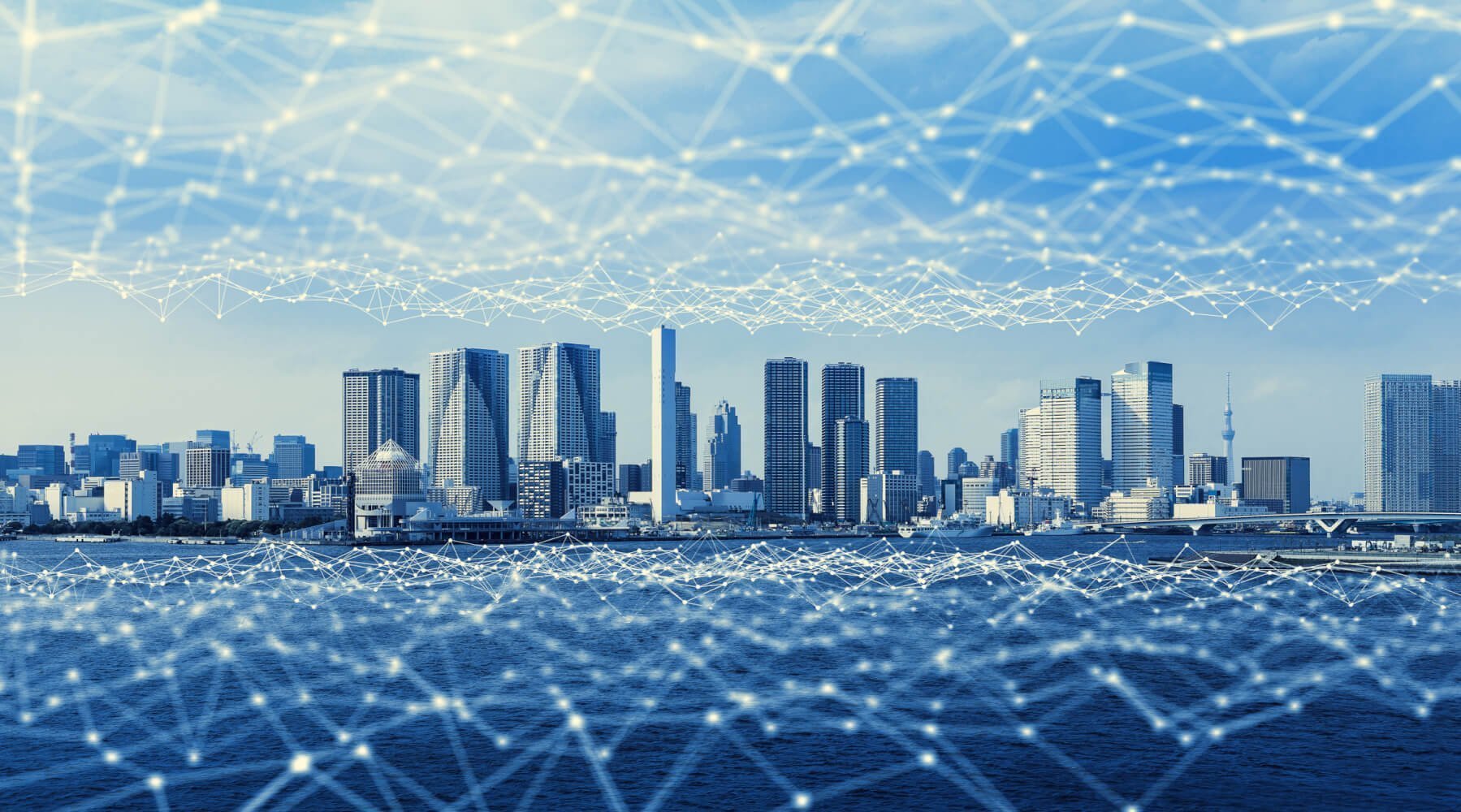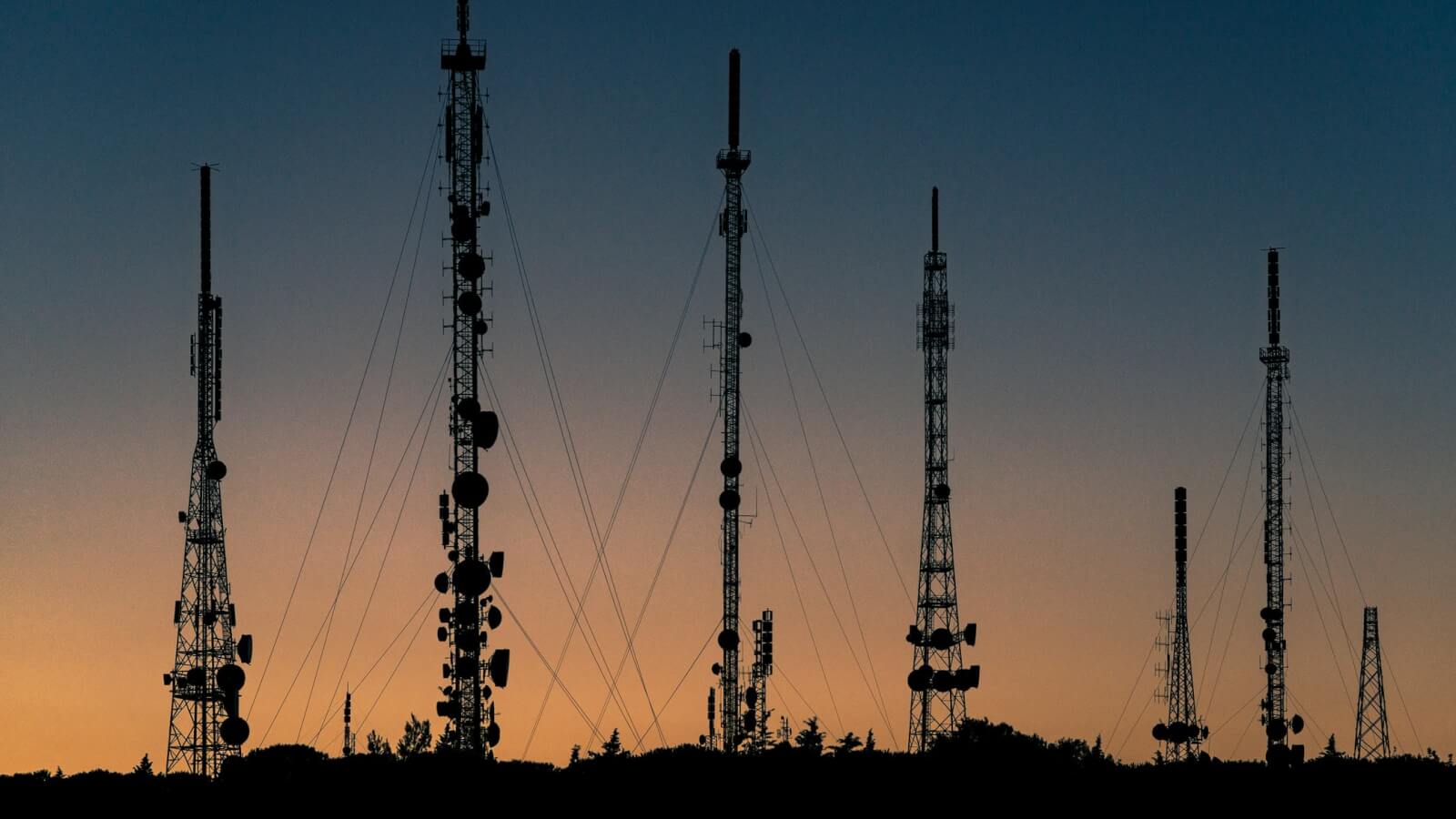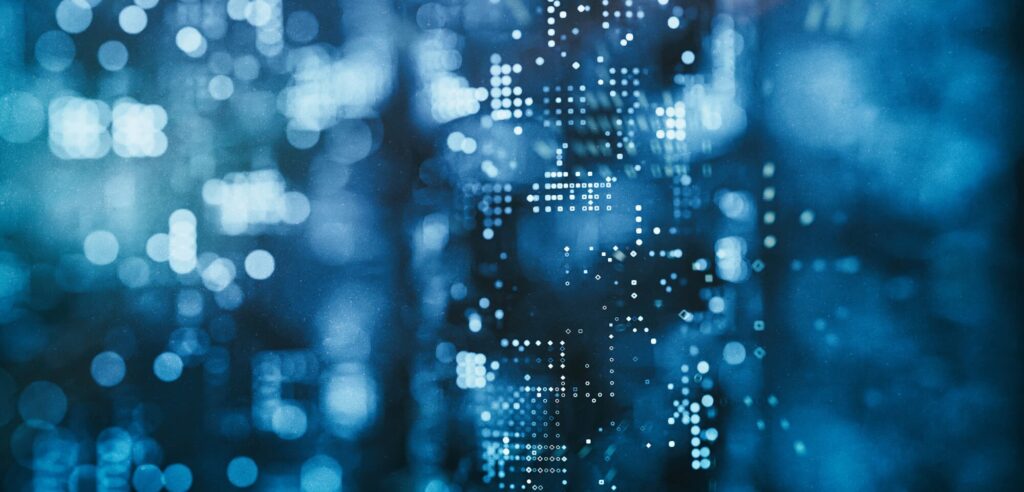In the midst of the ongoing global pandemic, holiday shopping continues to be impacted, with in-store shopping being categorized as a high-risk activity in many areas and many stores limiting the number of shoppers allowed inside the store at one time. This has led to a huge boom in online shopping, which means retailers not only need to ensure safe and satisfactory in-person customer experience, they also need to offer top-of-the-line online and
delivery experiences. IoT is proving critical in both areas.
Even in “normal” times, the frenzied holiday shopping season has retailers scrambling to keep warehouses and shelves well-stocked, particularly when it comes the must-have buys of the season, such as the latest smart phone or that inexplicable toy that every child is clamoring for. But with a global pandemic impacting everything from shopping behavior to global supply chains, it is more important than ever for retailers to find new ways to deliver a high quality shopping experience, whether in person or online. Here’s how IoT can increase efficiencies and make a difference:
Managing store capacity
With ever-changing capacity guidelines and safety rules, enforcing social distancing can be a challenge. But by placing IoT sensors at entrance and exit points and/or on shopping carts, retailers can monitor foot traffic in real time, getting accurate and up-to-the-minute numbers on how many shoppers are in the store. This enables the efficient management of capacity, ensuring both shopper and employee safety. Additionally, retailers can hand out IoT-enabled wearables such as wristbands, key fobs, or badges that are paired with the shopper’s smartphone through the store app or a third-party contact tracing app – the wearable will detect when shoppers are too close and both notify them and record the incident, allowing retailers to understand traffic patterns and capacity better.
Inventory management
Even during a pandemic, people want or need to shop, particularly during the holiday season, and retailers need to keep warehouses well-stocked in order to avoid running out of high-demand gifts, food items, and other goods. Manually counting inventory is time consuming and labor-intensive and in the case of in-store inventory control, increases the risk of virus exposure. IoT-enabled sensors can detect product weight on shelves, meaning a rapid decrease in weight would indicate the product needs to be replaced, and in the case of stagnant weights, retailers will know not to place new orders, reducing unnecessary costs. Additionally, understanding what is moving off in-house shelves and what is moving through e-commerce channels allows retailers to understand the flow of goods and where they need to be placed.
Delivery guarantees
Without a doubt the advent of Covid-19 has pushed more and more shoppers online and this means ensuring a positive online shopping and delivery experience is critical to customer satisfaction. Attaching IoT-enabled devices to shipments and containers gives retailers into a shipment’s whereabouts, while also providing customers with real-time location updates. This allows retailers to keep customers abreast of approximate delivery times. Data collected by IoT devices can also drive supply chain efficiencies through the optimization of shipping routes for faster delivery. IoT can also identify warehouse delays and optimize operations for quicker and better service and deliveries.
While IoT can help retailers cope with the holiday shopping rush, its benefits can be enjoyed year-round. If you would like to understand more about how IoT can help your business, please get in touch.



















